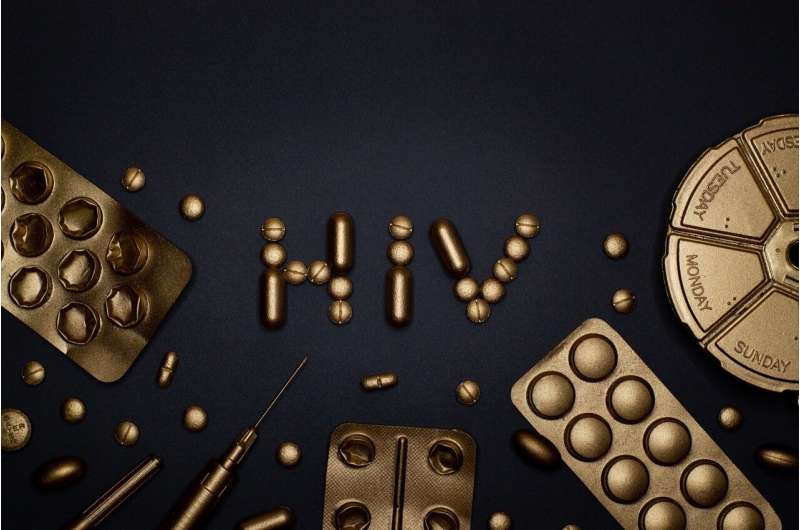FDA Approves Twice-Yearly Injectable HIV Prevention: What You Need to Know About Lenacapavir

The FDA has approved lenacapavir, a long-acting injectable drug for HIV prevention, administered twice a year, offering a new effective and discreet option for at-risk populations worldwide.
The U.S. Food and Drug Administration (FDA) has approved lenacapavir, a long-acting injectable medication designed to prevent HIV infection. This innovative treatment provides protection when administered only twice a year, representing a significant breakthrough in HIV prevention strategies. Unlike traditional prevention drugs, which are daily pills often associated with challenges like adherence, cost, stigma, and side effects, lenacapavir offers a more manageable alternative.
Lenacapavir operates differently by targeting the protective outer shell of the HIV virus. It inhibits the virus's ability to replicate at multiple stages, making it a highly effective prevention tool. To begin treatment, users typically take pills for about two weeks before the initial injection or during the first days after, establishing a protective level in the body. Subsequently, a single injection under the skin every six months maintains ongoing protection.
This biannual injection is particularly advantageous for individuals who have difficulty adhering to daily medication, face stigma, or seek discretion, as it eliminates the need for daily pill intake and reduces the risk of accidental disclosure. Nonetheless, it remains essential to use condoms and undergo regular testing since lenacapavir does not protect against other sexually transmitted infections.
While data from pivotal studies show high efficacy, rare cases of HIV resistance due to virus mutations have been documented, underscoring the importance of regular medical check-ups to ensure continuous effectiveness. Most users experience minimal side effects, primarily mild discomfort at the injection site, with some reporting nausea—though such side effects are uncommon.
Global rollout of lenacapavir depends heavily on regulatory approvals in different regions. The cost in the U.S. is around $28,000 annually, posing a challenge for widespread access, especially in low- and middle-income countries where most of the global HIV burden exists. Researchers estimate that generic manufacturing in large quantities could significantly reduce prices, potentially to as low as $25 per year in some regions.
Looking ahead, pharmaceutical company Gilead is also developing a once-yearly version of lenacapavir, which could further enhance adherence and convenience. Overall, lenacapavir marks a promising advancement in HIV prevention, offering an effective, discreet, and less burdensome alternative, with the potential to profoundly impact global HIV prevention efforts.
source: https://medicalxpress.com/news/2025-06-yearly-hiv-lenacapavir.html
Stay Updated with Mia's Feed
Get the latest health & wellness insights delivered straight to your inbox.
Related Articles
Survey Reveals One in Six U.S. Parents Delaying or Skipping Vaccinations
A recent poll reveals that 16% of U.S. parents are delaying or skipping childhood vaccines due to safety concerns and mistrust in federal health authorities, risking the return of preventable diseases.
New Research Links Oral and Gut Bacteria to Cognitive Decline in Parkinson's Disease
Emerging research reveals a link between oral and gut bacteria and cognitive decline in Parkinson's disease, highlighting potential early biomarkers and new treatment strategies.
Researchers Advocate for Official Recognition of Chagas Disease as Endemic in the U.S.
Researchers are calling for the U.S. to officially recognize Chagas disease as an endemic health threat due to ongoing transmission risks in multiple states, emphasizing the importance of awareness and early diagnosis.
Underused Blood Conservation Technique Significantly Reduces Transfusion Needs in Heart Surgery
A new study shows that acute normovolemic hemodilution (ANH) can reduce blood transfusion needs in heart surgery by 27%, offering a cost-effective and safer blood management strategy.



